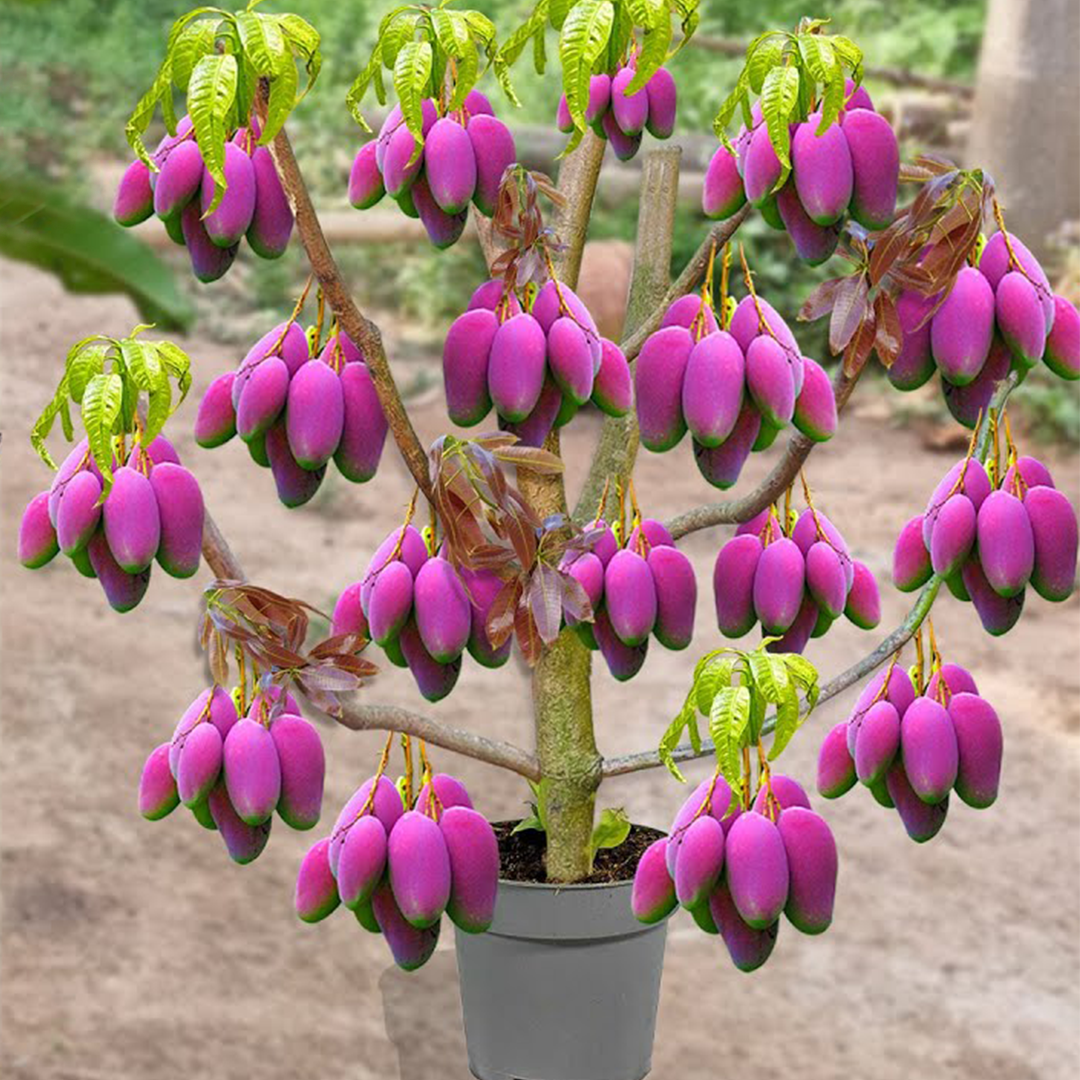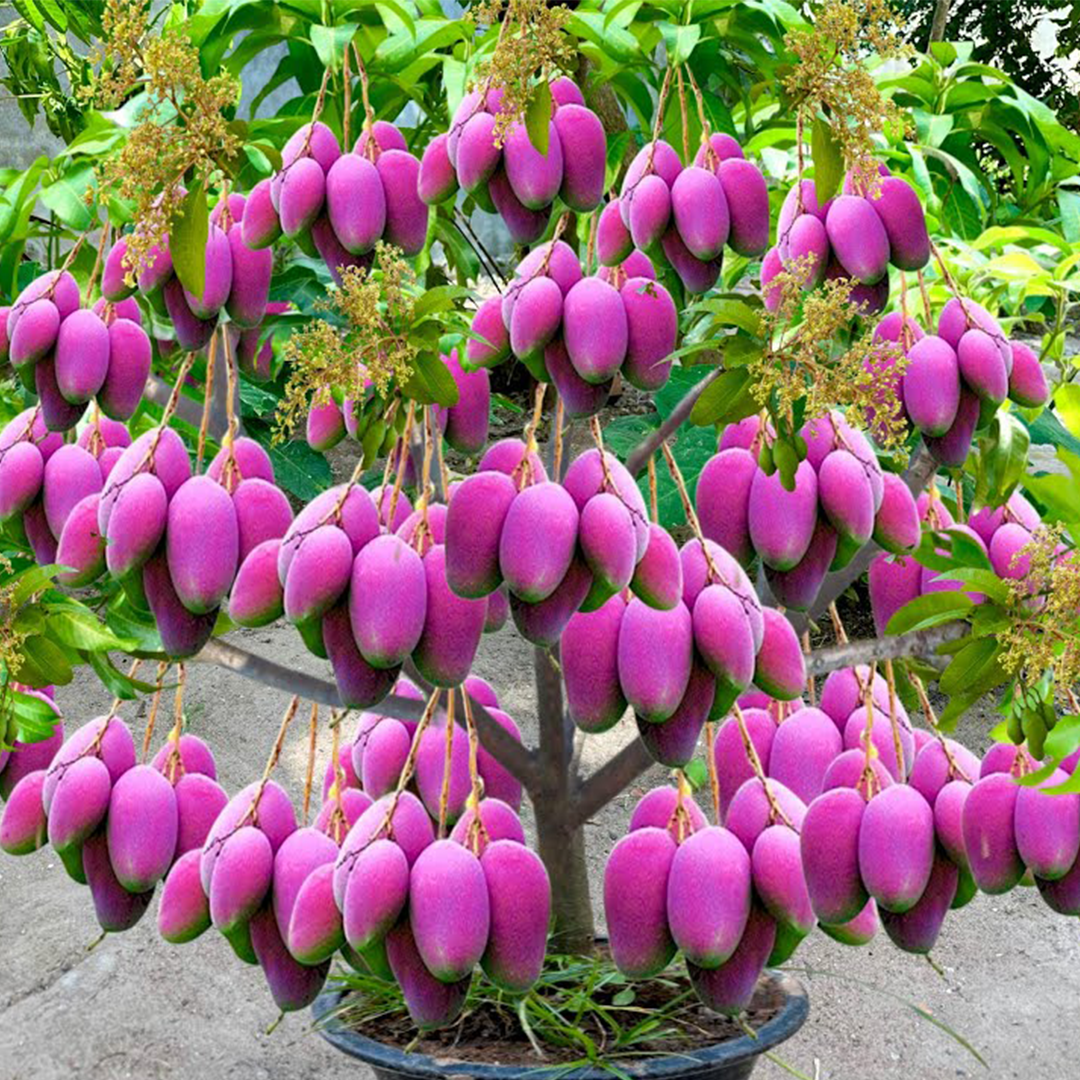Grafting Mango Tree in a Water Bottle Using Oranges
Grafting mango trees is a popular horticultural technique that allows gardeners to reproduce high-quality fruit varieties. While traditional grafting methods often require careful planning, rootstocks, and favorable outdoor conditions, an innovative method has gained traction among home gardeners and experimental horticulturists—grafting a mango tree in a water bottle using oranges to boost root growth. Though unconventional, this technique is not only accessible but may also offer surprising benefits in root development and plant health.
Understanding Mango Grafting
Grafting involves joining the tissues of two plants so that they grow as one. In mango trees, this is usually done to combine a strong, disease-resistant rootstock with a scion from a tree known for its delicious fruit. Successful grafting allows for earlier fruiting, improved disease resistance, and reliable propagation of desired traits.
Traditionally, mango grafting is performed using methods like veneer grafting, cleft grafting, or approach grafting. However, the challenge for many home growers is finding the right environment and equipment to carry out the process. That’s where the simplicity of a water bottle setup comes into play.

The Water Bottle Method: A Mini Greenhouse
Using a water bottle for grafting serves two main purposes. First, it creates a humid, greenhouse-like environment ideal for graft healing and root initiation. Second, it provides a controlled space for monitoring root growth. Here’s how it works:
- Materials Needed:
- A clean, transparent plastic water bottle (1.5 or 2-liter size)
- A healthy mango seedling (as rootstock)
- A mature mango scion (the desired fruit-bearing variety)
- Orange juice or orange peel extract
- Grafting tape or plastic wrap
- Sterile blade or grafting knife
- Clean potting soil and a small container
- Preparing the Graft:
- Begin by germinating a mango seed in soil or directly in the water bottle with drainage holes at the bottom.
- Once the seedling is about 6–8 inches tall, select a scion from a mature mango tree. Ensure it has at least two buds and is about the same thickness as the rootstock.
- Make a clean, diagonal cut on both the rootstock and scion to match them for grafting.
- Join the two cut surfaces and secure them tightly with grafting tape.
- Using the Water Bottle:
- Cut the top off a water bottle and place it over the grafted plant to trap humidity.
- This acts as a mini greenhouse, creating a moist microenvironment that encourages graft healing.
- Water regularly to maintain humidity but avoid overwatering.

The Role of Oranges in Root Boosting
What makes this method unique is the use of oranges as a natural rooting booster. Oranges contain natural hormones like auxins, specifically indole-3-acetic acid (IAA), which play a crucial role in root development. Here’s how oranges come into play:
- Orange Peel Tea: Boil orange peels in water, let the mixture cool, and use it to water the grafted plant. The nutrients and natural acids promote microbial activity and stimulate root growth.
- Orange Juice Spray: A diluted spray of fresh orange juice (1:10 ratio with water) can be misted inside the water bottle greenhouse to enrich the humidity with growth-enhancing compounds.
- Fermented Orange Enzyme: Some gardeners ferment orange peels with brown sugar and water to produce a natural plant tonic that, when diluted, can boost the growth of roots and shoots.
These methods are especially useful in the critical weeks after grafting when the plant needs extra energy to heal and initiate root expansion. The natural sugars and vitamins in oranges also act as a mild fertilizer and antifungal agent.
Benefits of This Technique
Using this method has several advantages for small-scale and home gardeners:
- Cost-Effective: Reuses household items like water bottles and fruit scraps.
- Accessible: Can be done indoors or in limited spaces like balconies.
- Faster Root Growth: Thanks to the use of orange-based natural rooting agents.
- Eco-Friendly: Avoids synthetic rooting hormones and pesticides.
- Educational: Great for school projects or learning about plant biology hands-on.
Tips for Success
- Sanitize Tools: Prevent infection by sterilizing your grafting knife and working area.
- Monitor Daily: Check humidity, moisture levels, and signs of graft compatibility.
- Avoid Direct Sunlight: Keep the bottle in bright but indirect light to avoid overheating.
- Be Patient: Graft union healing can take 2–4 weeks, and visible root growth may take longer.
Potential Challenges
While this method has its merits, it’s important to note that success rates can vary. Not every graft will take, and environmental conditions play a big role. Temperature fluctuations or contamination can lead to graft failure. However, even failed attempts are valuable learning experiences for novice gardeners.
Conclusion
Grafting a mango tree in a water bottle and using oranges to boost root growth is a creative, low-cost technique that combines traditional gardening wisdom with innovative practices. While it may not replace commercial propagation methods, it provides an excellent platform for experimentation and learning. With a little care, patience, and the natural magic of citrus, your next mango tree might just start its life in a plastic bottle—growing faster and stronger than ever.




